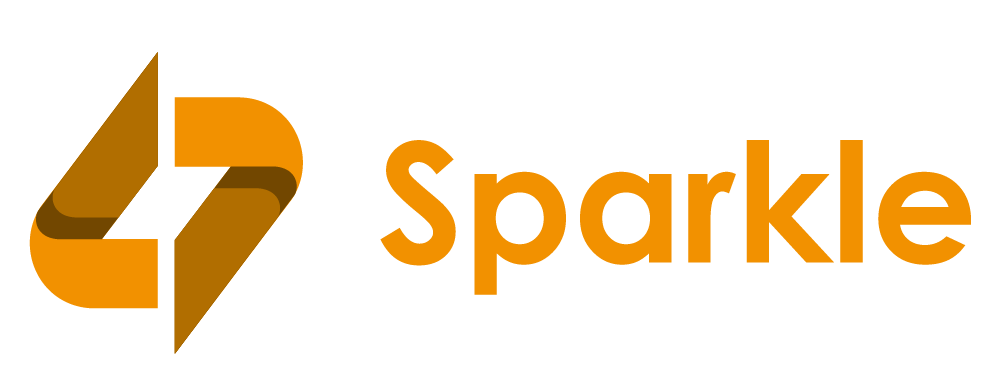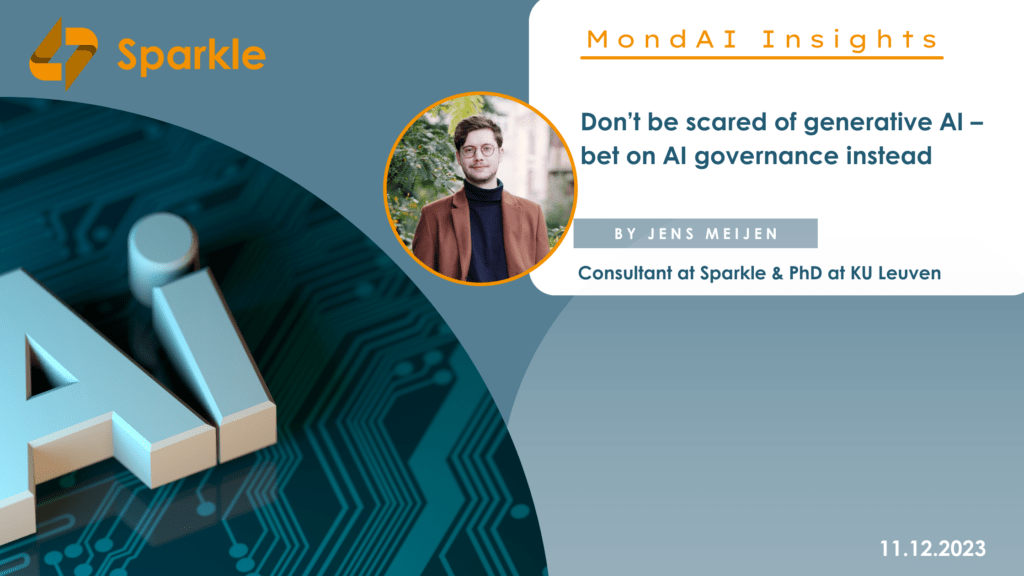With more and more companies deploying AI, the impact of AI-powered transformation is clearer than ever. Since AI can have a fundamental impact on how a business operates, proper change management is crucial for successful AI deployment.
Change is never easy. It’s a process that requires focused efforts, emotional growth among employees, and sustained, long-term attention across management. That’s why proper change management is essential to guide that process towards success. Businesses need structured approaches to move from a current to a desired future state.
Change management is especially important for artificial intelligence transformation projects. AI can have a significant impact on how businesses operate: imagine a company automating part of its customer service system through a chatbot, or a mass production factory using AI to more efficiently calibrate its machines. Consider how much the implementation of AI here could affect the roles people have within these companies. How does AI affect the autonomy people have? Customer service workers might wonder if they’ll still be able to make their own, independent decisions on how to approach customer tickets.
AI’s potential impact on how people work can lead to an intense emotional resistance. Without properly considering how these changes affect employees, people could feel abandoned, disrespected, and unwanted. The fear of being changed, especially when it affects your livelihood, is a normal human reaction, and it’s the change manager’s responsibility to facilitate overcoming that fear.
Creating or deploying an AI system is a major investment. If employees (or end customers, for that matter) reject the new AI system, all of the cash you pumped into your new system will have been wasted. This makes AI change a long-term project: even if you deploy a system successfully initially, people should keep using it for the investment to really deliver on its promise. Continuing awareness-building and follow-up training sessions are useful tools to keep people engaged.
Rejection is not the only potential consequence, though. Some employees could subtly disengage from the project and eventually from the company – a process similar to “quiet quitting” – even if they welcome the change at first. Some managers tend to respond to disengagement by imposing stricter rules (like forcing people working from home to report on their work every hour) that could drive people away even faster. That’s why transformation without proper change management leads to disastrous results
What about the timelines for AI projects and change management? Many business leaders want their AI investment to pay off within just a few years. That’s not impossible, but it also means that they have to get their people on board in the change narrative as quickly as possible. So if you build an AI system internally and then just unveil that system out of the blue to the rest of the business (with instructions to immediately start using this new technology), you’ll have to start from scratch to generate user adoption within your company.
In fact, when you decide to implement a new tool, that’s when the real work starts: you’ll have to start with explaining what it is, why AI is a better way to do things, and what the impact of the new tool is, before the employees even see the new tool. Any company trying to implement AI does not focus sufficiently on awareness-building and expertise as well as guidance throughout the implementation project. Lastly, AI is not a fire-and-forget technology. It requires continuous monitoring, refinement, and awareness-building.
The same goes for change management: businesses that want to innovate need to have sustained attention for the ways change impacts their processes. That’s also why cookie-cutter, standardized approaches usually don’t work as well as tailor-made approaches. A good change management approach understands the company culture and values, empathizes with its people, and utilizes the right tools at the right time to really pave the way for change to happen.
In sum, when you’re rolling out an AI project, big or small, you should start working on the human aspect of AI transformation (and how it’ll affect your people) before you finalize the technological part. That’ll accelerate your return on investment, increase user adoption, and deliver the results you want much faster.
For further insights, check out this related article: AI and Change Management where our colleague Jens Meijen interviewed Erik Leung.
ABOUT THE AUTHORS

Jens Meijen
Fulbright Fellow @ Stanford & EU AI Act Consultant at Sparkle

Erik Leung
Experienced change management specialist




